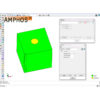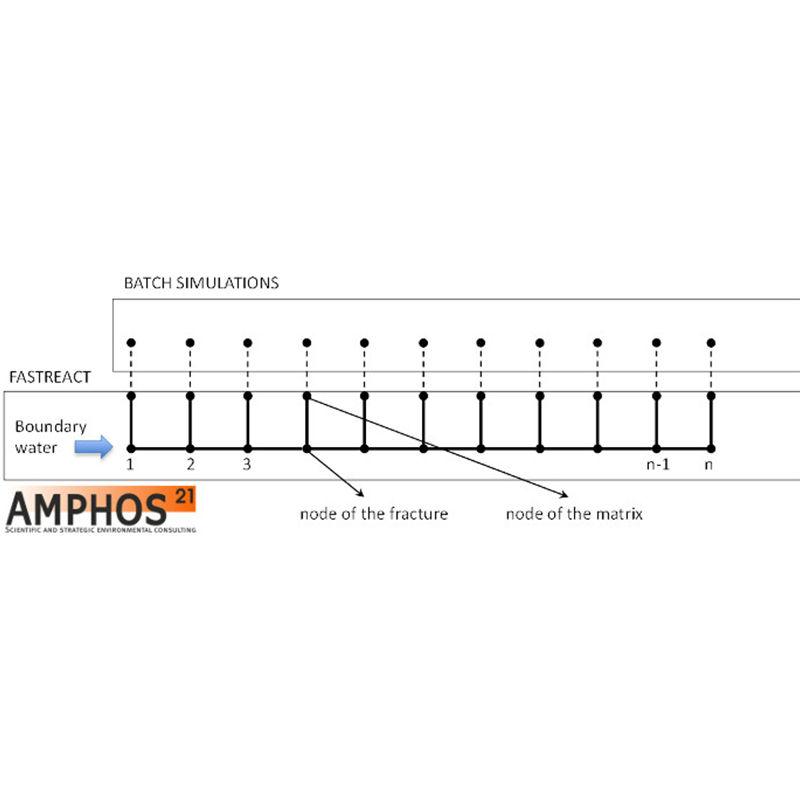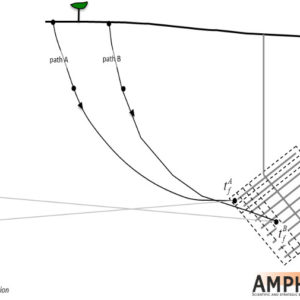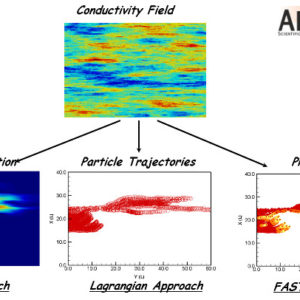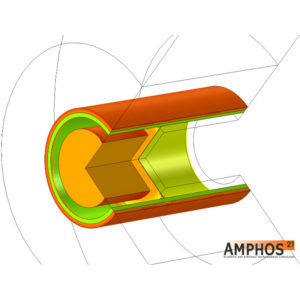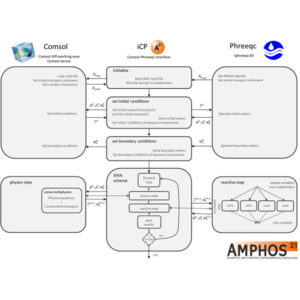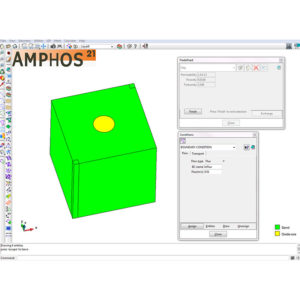iFM
With iFM we propose a novel approach that constitutes a significant improvement over the traditional constant Kd model, while at the same time allows simulations performed with MARFA to be carried out sufficiently quick to permit probabilistic analyses. The basic premise of this approach is that the “background” geochemistry (excluding radionuclides) will first be pre-calculated using a reactive transport code in order to generate a dataset of Kd values in space in time that are representative of the actual geochemical conditions throughout the model spatial and time domains. This information will then be fed to MARFA in order to calculate radionuclide transport and retardation based on these “intelligent” Kd values.
Description
Capabilities
The “background” geochemistry (excluding radionuclides) is calculated using a mechanistic reactive transport code (i.e. including explicitly each relevant geochemical reaction). The link between this mechanistic reactive transport simulation and the MARFA trajectory segments is provided by the FASTREACT approach. By performing a number of batch simulations over this pre-calculated geochemical background, a dataset of Kd values is generated, which is representative of the actual geochemical conditions throughout the model spatial and time domain. This information will then be fed to MARFA in order to calculate radionuclide transport and retardation based on these “intelligent” Kd values.
Cite
If you would like to reference Marfa in your publications, please use the following reference: Painter, S., V. Cvetkovic, and O. Pensado. “Time-domain random walk methods for simulating radionuclide transport in fractured porous rock.” Proceedings of the 11th International High-level Radioactive Waste Management Conference (IHLRWM 2006). Las Vegas, Nevada. Vol. 30. 2006.
Painter, S., Cvetkovic, V., Mancillas, J., and Pensado, O. (2008). Time domain particle tracking methods for simulating transport with retention and first-order transformation. Water resources research, 44(1), W01406.
Painter, S., and Cvetkovic, V. (2005). Upscaling discrete fracture network simulations: An alternative to continuum transport models. Water resources research, 41(2), W02002.
If you would like to reference FastReact in your publications, please use the following reference: Trinchero, P., Molinero, J., Román-Ross, G. (2012) A streamline-based approach for the solution of multicomponent reactive transport problems, SKB report R-10-45.
Trinchero, P., Molinero, J., Román-Ross, G. (2014) FASTREACT -an efficient methodology for the solution of reactive transport problems, submitted to Applied Geochemistry.
Partners
These are the different partners support one or more iMaGe projects:

Collaborators
-
Scott Painter; LANL; USA


